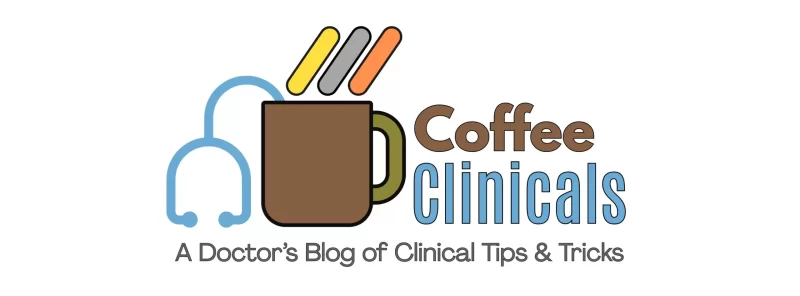
I get so tempted to call them ‘veggies’ on my progress notes. Maybe someday I will 😉! Anyhoo… I was a little surprised to learn this – As many as 50% patients treated for Infective Endocarditis (IE) after vegetations seen on ECHOcardiogram initially will continue to have persistent vegetations after completing the full duration of their IV antibiotics and infection is gone. The bacteria are gone, but what’s left is their architectural relic structure fibrin, platelets, dead WBCs & dead bacteria, etc. And this has been known since 1990s ! But what are you supposed to do if a follow-up ECHOcardiogram on your patient after completing treatment still shows vegetations – or consider this scenraio – If you admitted a patient with a prior history of IE who completed treatment and now has a pneumonia, unrelated bacteremia , heart failure and you order an ECHO that shows vegetations ! are you supposed to freak out about Endocarditis or just take a chill-pill for these ‘veggies’ ?
Infectious Endocarditis is deemed cured if signs & symptoms of infection and bacteremia have cleared and no more septic embolic phenomena are seen – the vegetations don’t have to vanish . Interestingly a retrospective cohort study published in 2020 found that 49% of 134 patients diagnosed with IE had persistent vegetations post-treatment – called Residual Vegetations (RVs). These patients were followed for around 16 months. There was no significant statistical prognostic significant of these RVs to future isk of embolism, recurrence or death from any cause – as long the RVs were SMALLER than the vegetations at start of treatment. But if they got bigger during treatment they were more associated with higher risk of IE recurrence & embolism and may signal an uncleared infection. If bigger than 10 mm at the start of infection, the risk was higher – some advise surgical removal of vegetations > 10 mm. Of course it’s still a small study , it is good to seek consultation from Infectious disease specialists and perhaps cardiolothoracic surgery anyway – but let’s mark this post under “good to know” 🙂
Don’t miss these fun posts! Subscribe via email 📩 | |
